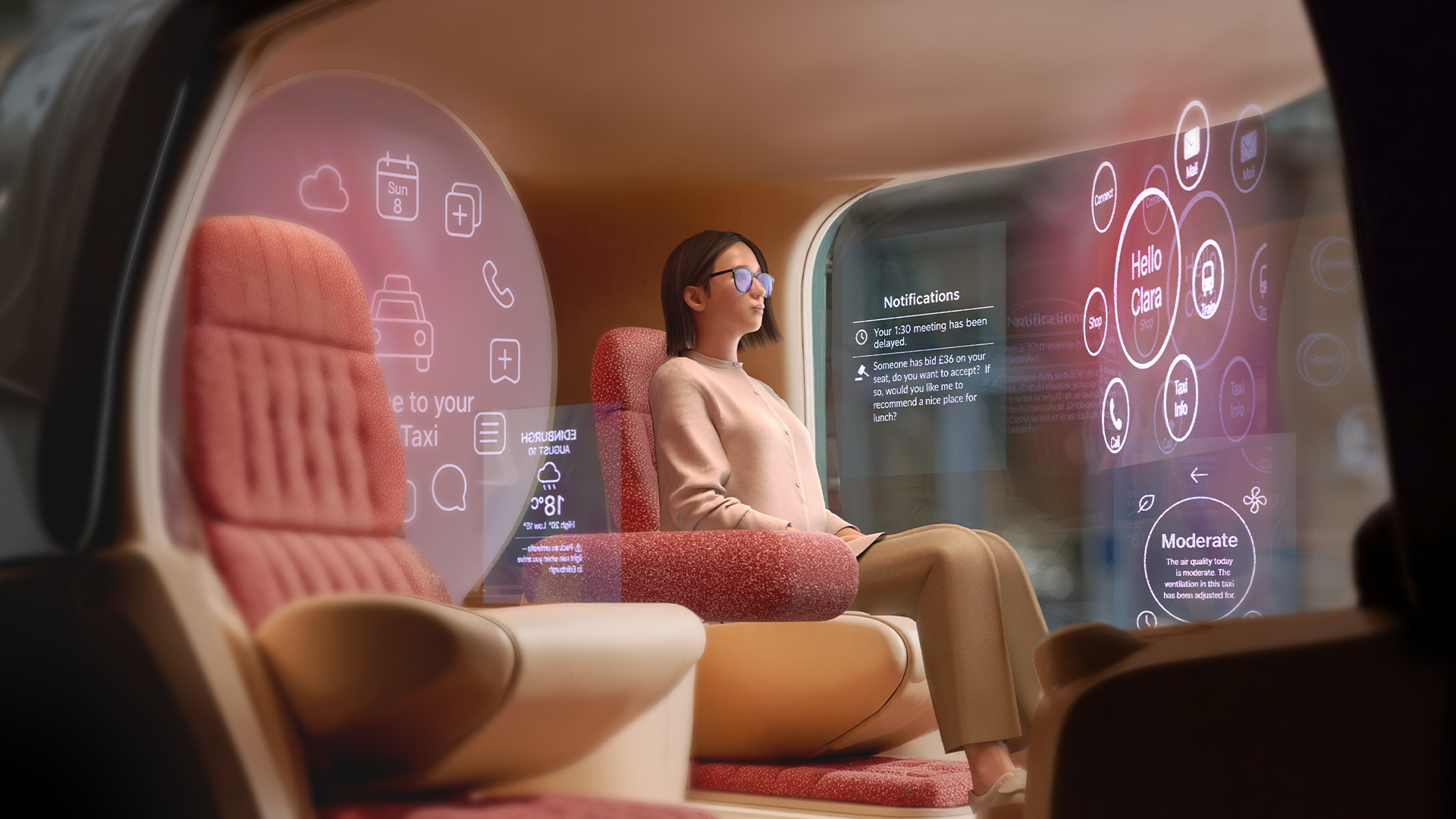Future of Rail: Even foresight needs constraints
Sometimes in futurism, the big challenge is getting people to forget about today’s challenges and constraints and focus on the future with an open mind. People are too caught up in what’s possible and probable in the near term and they find it hard to imagine radically different futures, in spite of the evidence of the past.
But sometimes, even when you’re thinking 50 years ahead, you have to accept some constraints from today’s world.
On Rails
I’ve been working on a project on the future railway with LNER recently, and you can see my imaginings visualised at Kings Cross Station from tomorrow, 30th July 2025, for a couple of days. It’s all part of celebrating 200 years of rail.
There are lots of ways that train travel might change in the next fifty years, driven by shifts in culture, economy, demography, politics, science and technology. But one of the things that is very unlikely to change in that timeframe is the underlying infrastructure: the rails.
Slow Progress
As HS2 has so sadly shown, building new infrastructure in the UK is a very slow process. Even when we do, the existing investments means that it will be backwards compatible. So even if we build new railways in the next fifty years, beyond what is already planned, the chances are it will look very much like today.
This means that when we’re looking for the most interesting possibilities for future rail, we have to look beyond the foundations and focus on what rides over the rails, and the experience itself.
This is where I focused my attention for this project, looking at how demand might change with an ageing population, and a more mobile and less car-reliant workforce. At how possibilities might open up with new materials science and production techniques. And at how constraints might evolve, on noise and pollution.
Woman sits in a futuristic train carriage featuring floor to ceiling windows with digital information projected in front of her through her smart glasses
Media Haul
The goal of this project was very much to attract media attention rather than to set strategy for LNER. And it has met that goal rather nicely as a swift search for ‘LNER future train’ or similar will show. But that doesn’t mean the approach could be frivolous. There’s always a tension in these projects between wanting to say fantastic things that will grab a journalist, or make for a nice image, and presenting ideas that you know to be plausible. But that’s where the fun is: operating within constraints and still finding the excitement and the wonder, and stretching people’s ideas of what the future might be.

